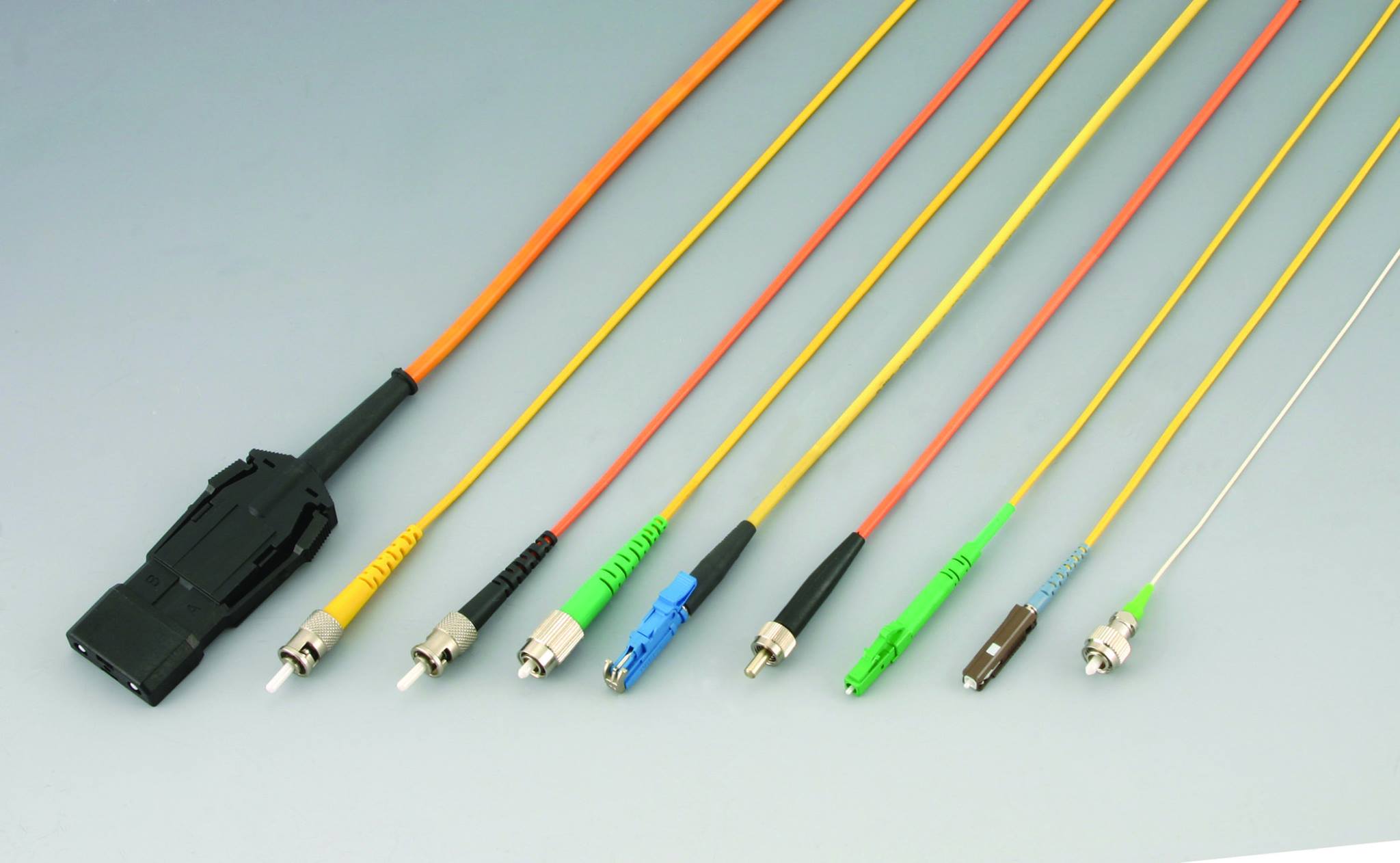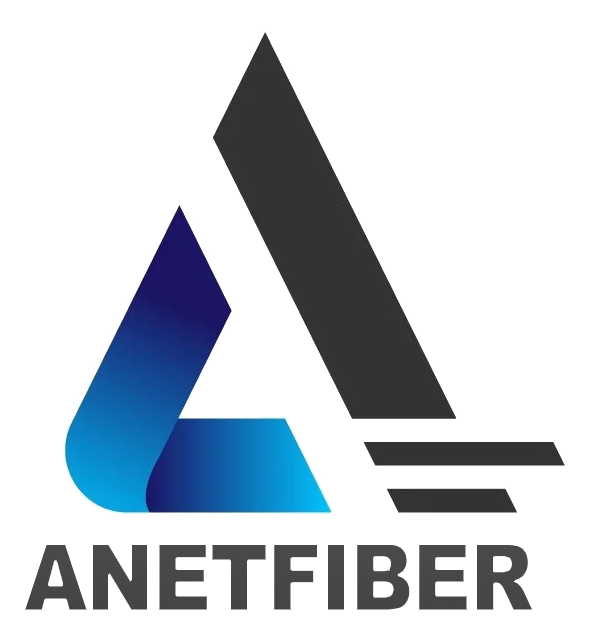5 Key Factors to Consider When Choosing Fiber Optic Patch Cords for Your Network

Introduction to Choosing the Right Fiber Optic Patch Cords
When it comes to choosing the right fiber optic patch cords for your network, several crucial factors demand your attention. Understanding why your choice of patch cords matters is essential for ensuring optimal network performance and reliability.
Why Your Choice of Patch Cords Matters for Your Network
The quality and compatibility of patch cords directly impact the efficiency and stability of your network. Using substandard or incompatible cords can lead to signal loss, latency, and even network downtime. Therefore, making an informed decision is vital to avoid potential disruptions.
The Role of Patch Cords in Network Performance and Reliability
Fiber optic patch cords serve as the vital link between various network components, facilitating seamless data transmission. Their role in maintaining signal integrity and minimizing data loss cannot be overstated. By selecting the right patch cords, you can significantly enhance your network's overall performance and reliability.
Understanding Connector Types and Their Importance
When it comes to fiber optic patch cords, understanding the different connector types is crucial for ensuring seamless connectivity within your network. The basics of connector types include SC, LC, ST, and MPO, each serving specific purposes in network setups.
SC and LC Connectors: Popular Choices for Most Networks
SC connectors are widely favored for their simple push-pull latching mechanism, providing a secure connection ideal for high-density applications. On the other hand, LC connectors offer a more compact design, making them suitable for maximizing rack space efficiency in data centers and telecommunication rooms.
ST and MPO Connectors: When to Use Them
ST connectors, known for their twist-on/twist-off bayonet coupling, are commonly utilized in office environments due to their robustness and ability to withstand environmental factors. Conversely, MPO connectors are specifically designed for high-speed, high-density applications such as data centers and enterprise networks.
Matching Connector Types with Your Network Equipment
It's essential to match the connector type with your network equipment to ensure seamless integration and optimal performance. Consider the compatibility of your switches, routers, transceivers, and other network components when selecting the appropriate connector type.
Deciding Between Single-Mode and Multi-Mode Fiber Types
When it comes to fiber optic networks, the choice between single-mode and multi-mode fiber types plays a pivotal role in determining the network's capabilities. Understanding the differences between these two fiber types is essential for making an informed decision that aligns with your network's specific requirements.
Single-Mode vs. Multi-Mode: What's the Difference?
Single-Mode Fiber: For Long-Distance and High-Speed Transmissions
Single-mode fiber, as the name suggests, allows only one mode of light to propagate. This results in a smaller core diameter, enabling the transmission of signals over long distances with minimal signal degradation. It is well-suited for high-speed data transmission, making it an ideal choice for long-haul telecommunications and high-bandwidth applications.
Multi-Mode Fiber: Ideal for Short-Distance, High-Volume Applications
In contrast, multi-mode fiber accommodates multiple light modes simultaneously due to its larger core diameter. This characteristic makes it suitable for short-distance transmissions within local area networks (LANs), data centers, and other high-volume applications where cost-effective connectivity is prioritized.
How to Choose Based on Your Network's Bandwidth Requirements
When deciding between single-mode and multi-mode fiber, considering your network's bandwidth requirements is crucial. If your network demands high bandwidth over extended distances, single-mode fiber is the preferred choice due to its ability to support higher data rates without compromising signal integrity. On the other hand, if your network primarily operates within shorter distances but requires cost-effective connectivity for high-volume data transfer, multi-mode fiber presents a more practical solution.
Understanding your network's specific bandwidth needs and assessing the distance over which data will be transmitted are key factors in determining whether single-mode or multi-mode fiber aligns best with your network infrastructure.
Considering Cable Length and Jacket Material
When setting up a fiber optic network, the cable length plays a critical role in determining overall performance and signal integrity. Understanding how cable length affects network performance is essential for optimizing your network setup.
How Cable Length Affects Network Performance
Calculating the Right Cable Length for Your Setup
Calculating the ideal cable length involves considering the physical distance between network components. It's crucial to measure the precise distance to minimize signal attenuation and ensure reliable data transmission. By accurately calculating the required cable length, you can avoid unnecessary signal loss and maintain optimal network performance.
Avoiding Excess Length to Minimize Signal Loss
Excessive cable length can lead to signal degradation, resulting in decreased data transmission efficiency. It's important to avoid unnecessary excess length, as it can introduce signal loss and potentially impact the overall reliability of your network. By minimizing excess cable length, you can mitigate the risk of signal attenuation and maintain consistent performance.
Choosing the Right Jacket Material: PVC vs. LSZH
Selecting the appropriate jacket material is crucial for ensuring the durability and safety of your fiber optic cables. Understanding the differences between PVC and LSZH materials is essential for making an informed decision that aligns with your specific environmental requirements.
PVC Cables: Durable and Cost-Effective
PVC cables are known for their durability and cost-effectiveness, making them a popular choice for various network setups. They offer robust protection for fiber optic strands while being relatively economical, making them suitable for indoor applications where environmental factors are less of a concern.
LSZH Cables: Safer in Sensitive Environments
In environments where safety is a top priority, such as enclosed spaces or areas with sensitive equipment, LSZH cables provide an added layer of protection. Their low-smoke zero-halogen properties make them ideal for minimizing potential health hazards in case of fire or overheating incidents, ensuring a safer operating environment.
Environmental and Application-Specific Factors
When considering fiber optic patch cords for your network, it's crucial to account for environmental and application-specific factors that can significantly impact their performance and longevity. Whether you are deploying cables for indoor or outdoor use, understanding the distinct requirements and challenges associated with each setting is essential.
Indoor vs. Outdoor Use: What You Need to Know
Weatherproofing and UV Protection for Outdoor Cables
For outdoor cables, weatherproofing and UV protection are paramount. Exposure to the elements requires cables to withstand varying temperatures, moisture, and sunlight exposure. Opting for fiber optic patch cords specifically designed for outdoor use ensures durability and reliability in challenging environmental conditions.
Aesthetic and Safety Considerations for Indoor Cables
When installing indoor cables, aesthetic considerations come into play alongside safety requirements. Cables routed within office spaces or data centers should adhere to safety standards while also blending seamlessly with the environment. Additionally, ensuring proper cable management and organization contributes to a visually appealing setup while maintaining safety protocols.
Meeting Industry Standards and Ensuring Network Compatibility
Adhering to Industry Standards for Safety and Performance
Compliance with industry standards is non-negotiable when selecting fiber optic patch cords. Adhering to established safety and performance guidelines guarantees the reliability and longevity of your network infrastructure. By choosing cords that meet industry standards, you mitigate potential risks associated with substandard products.
Ensuring Compatibility with Existing Network Infrastructure
When integrating new patch cords into an existing network, compatibility is a primary concern. Ensuring that the selected cords align with the specifications of your current network infrastructure is essential for seamless integration. This includes verifying connector types, fiber modes, cable lengths, and jacket materials to guarantee optimal performance without disrupting existing network operations.
Conclusion: Making an Informed Decision
As you navigate the process of selecting fiber optic patch cords for your network, it's crucial to recap the key factors that influence your decision. By considering connector types, fiber modes, cable lengths, jacket materials, and environmental factors, you can make an informed choice that aligns with your network's specific requirements.
Recap of Key Factors to Consider
Connector Types: Understanding the distinct characteristics of SC, LC, ST, and MPO connectors is essential for seamless connectivity within your network.
Fiber Modes: Choosing between single-mode and multi-mode fiber types based on your network's bandwidth and distance requirements is pivotal.
Cable Length and Jacket Material: Calculating the right cable length and selecting the appropriate jacket material contribute to overall network performance and safety.
Environmental and Application-Specific Factors: Whether for indoor or outdoor use, addressing environmental considerations ensures the longevity and reliability of your network setup.
Next Steps: Evaluating Your Network's Specific Needs
After reviewing these key factors, your next steps involve evaluating your network's specific needs. Conduct a comprehensive assessment of your current infrastructure, bandwidth demands, environmental conditions, and safety requirements. By aligning these considerations with the insights gained from this guide, you can confidently proceed with selecting the ideal fiber optic patch cords that optimize your network's performance and reliability.
See Also
Varieties of Fiber Optic Patch Cables for Network Use
Key Factors in Choosing Fiber Optic Patch Cable Lengths
Advantages of Pre-terminated Fiber Optic Patch Cords
The Vital Importance of Fiber Optic Patch Cords in Networks
Necessary Fiber Optic Cable Organization for Network Systems


